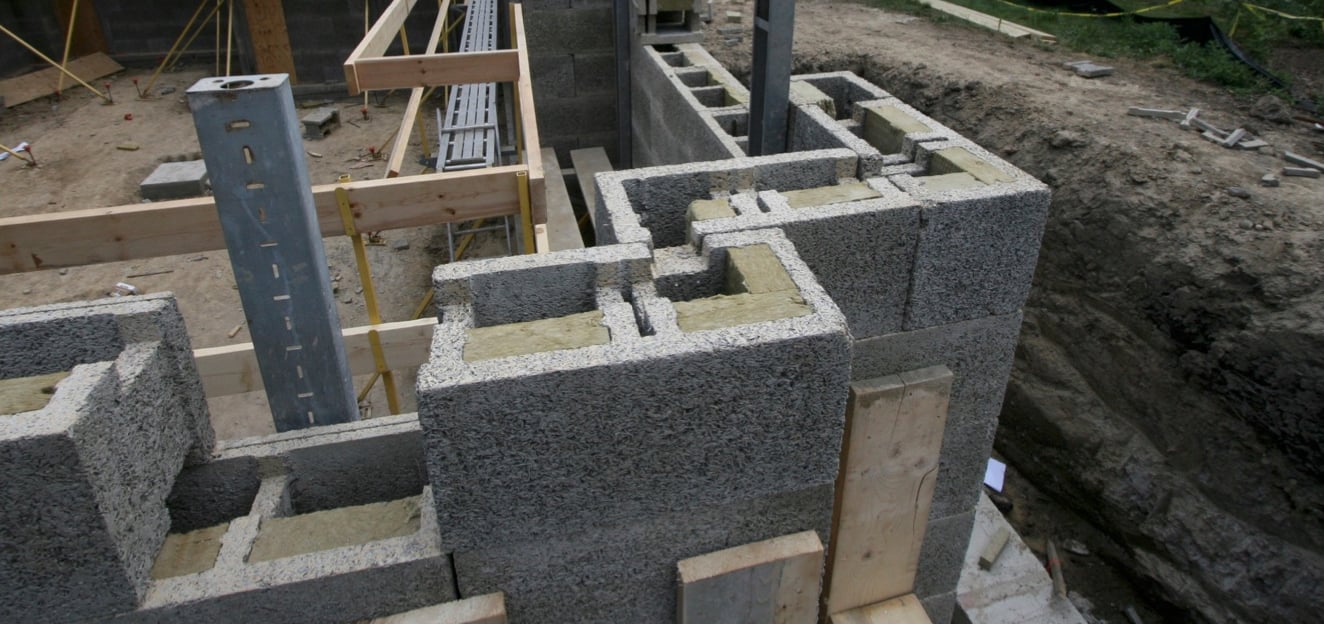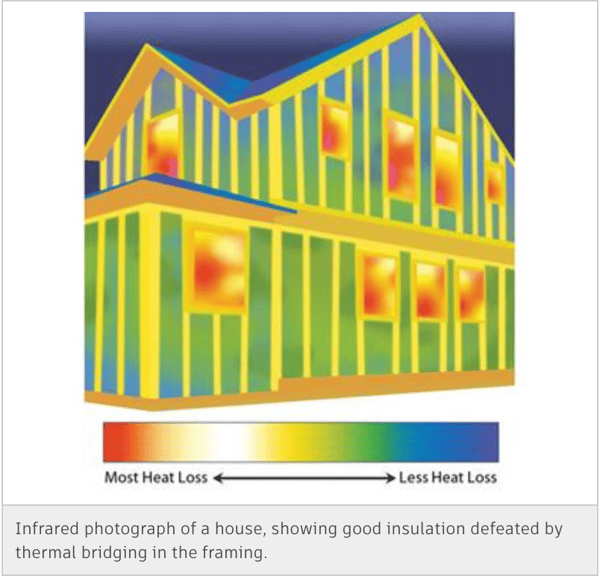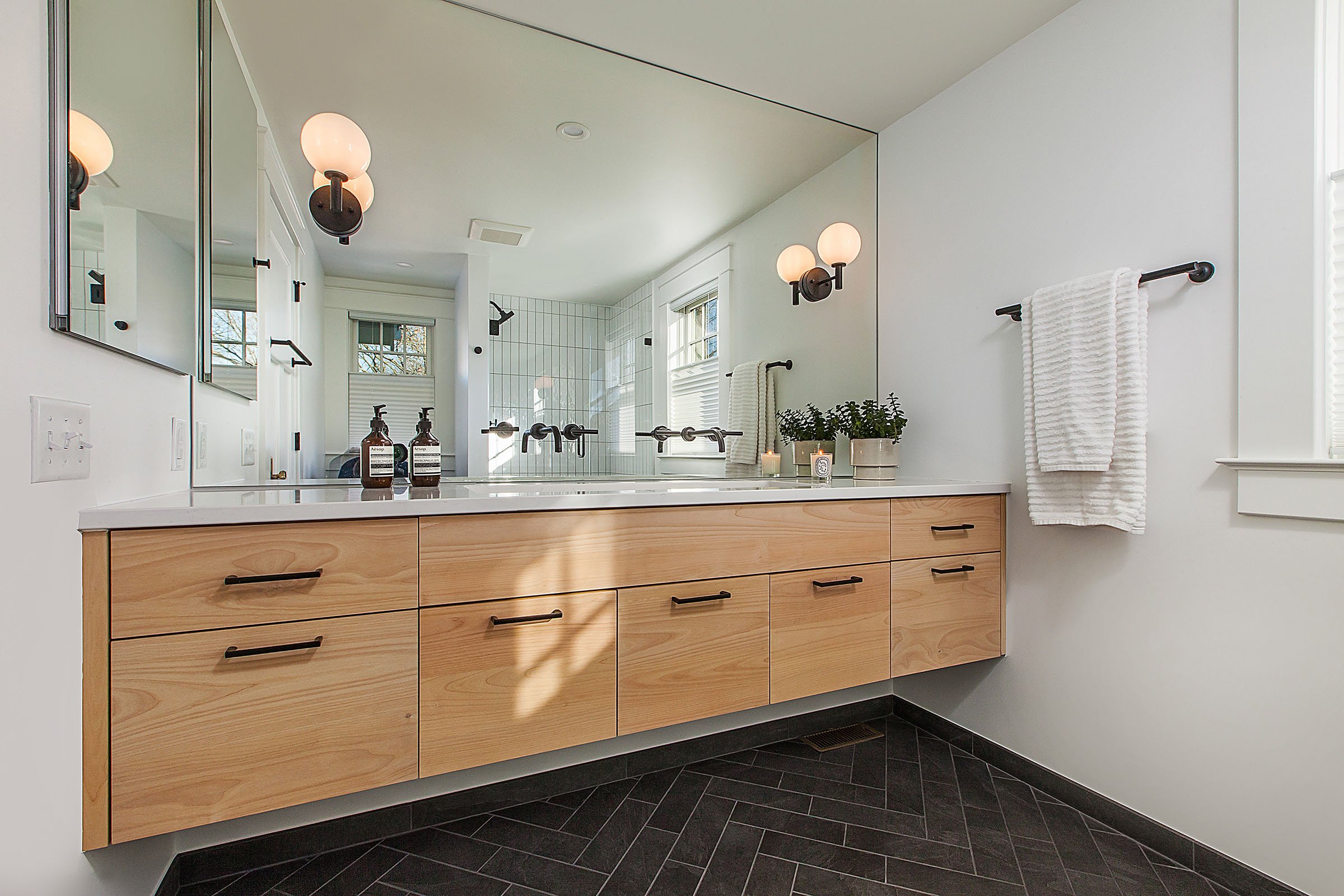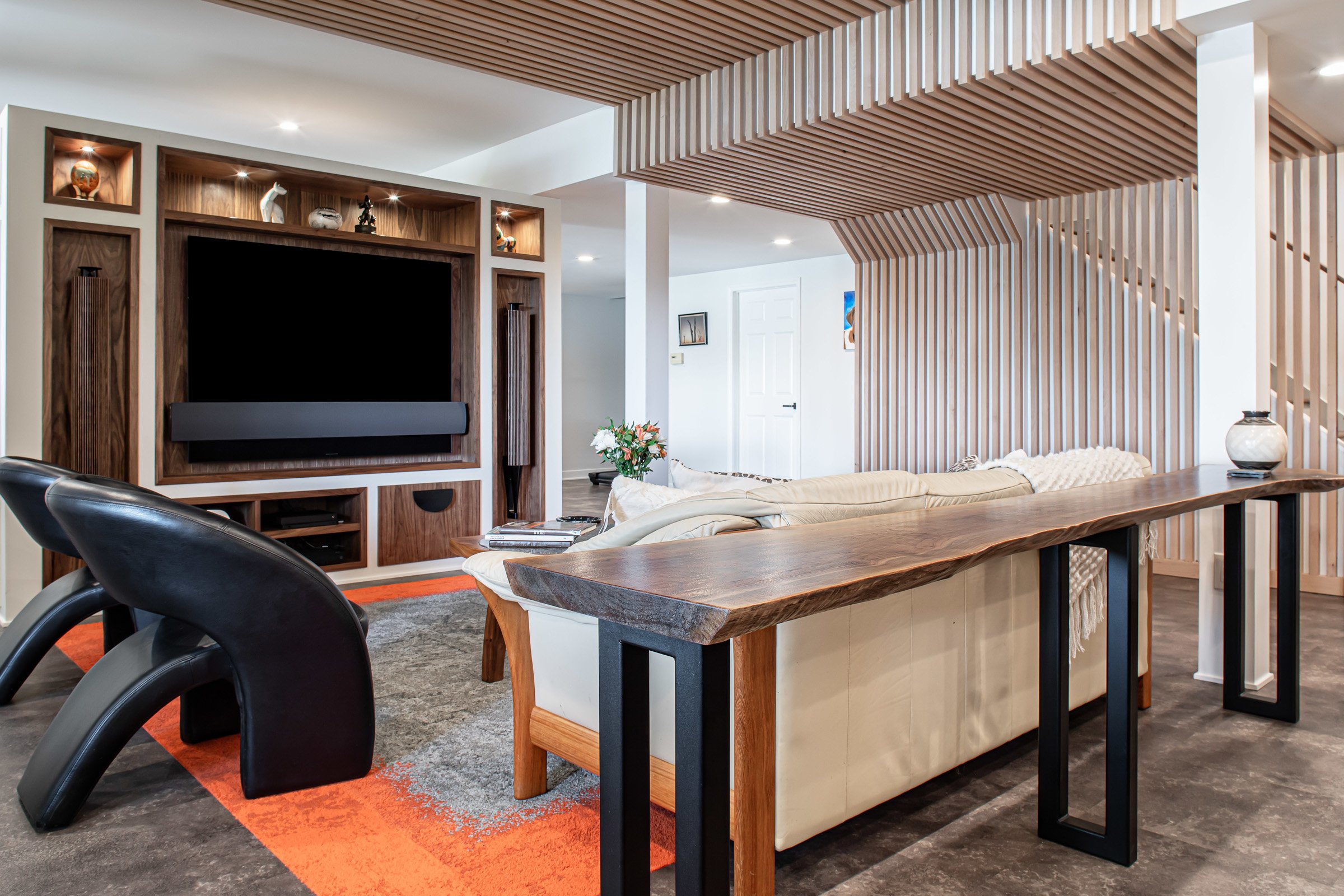1 min read
Riding the Renovation Rollercoaster: The Emotions Behind a Remodel
Every home remodeling journey comes with its own set of emotions, and no project is without its ups and downs. After remodeling homes in the greater...
4 min read
Doug Selby : January 10, 2025

A Passive House is a building that uses the lowest practical amount of energy before any renewable energy strategies are introduced. With energy efficiency, we say that the cheapest form of energy is that which is never used, and that is at the core of passive strategies
I have talked about the need for high levels of insulation required in cold climates such as Michigan. Super insulation is extremely important in building a structure that is ultra-efficient because greater than 50% of the energy most homes use in Michigan goes toward heating the home. Insulation is a thermal barrier and the more there is - the less energy is lost through the walls, roof and under-floor slab.
Insulation is not the whole story, however. In most homes, there are many areas where building components such as wood members or foundation sections connect, or bridge, the drywall to exterior cladding. Usually these are low R-value elements, and they act almost like radiator fins, conducting heat much more rapidly than insulated areas. In fact, these areas can comprise up to one-quarter of the total surface area of the exterior walls of a home, or sometimes more. This infrared photo of a home on a cold day shows the difference in heat loss from insulation (green) to studs (yellow) to windows (orange).
 Photo credit: Autodesk
Photo credit: Autodesk
New studies also show that this heat transmission through these members - or thermal bridging, accounts for a significantly larger amount of heat loss than was previously thought. It is very important that these thermal bridges in a Passive House are eliminated or greatly reduced if we want to get the stellar energy performance we are looking for in these buildings. Everything from windows/doors to framing components to the fasteners that hold the exterior cladding on the home.
To defeat thermal bridging, we look for high R-value materials that form a continuous wrap around the exterior of the building. This is called a thermal break. If you think of heat energy moving rapidly through something like a piece of lumber, when heat energy encounters this high R-value thermal break material - it slows right down.
Because the thermal break is continuous around the entire envelope, there is no easy path for heat energy to escape quickly. The theoretical R-value of the building sections actually give you that full thermal protection, which is definitely not the case in most homes. Thermal breaks work exceedingly well and they are one of the main reasons why Structural Insulated Panel (SIP) and Insulated Concrete Form (ICF) homes are so energy efficient as compared to framed structures.
Back when Meadowlark first started building deep green homes, we had to make these layers ourselves by using foam board or other materials that we would layer up over the framing of a home piece by piece. It took a lot of labor and love to install them correctly. Nowadays however, products with integral thermal breaks are on the market and they can be installed in the course of normal building methods. Technology marches on and it’s great to see these methods starting to become more common.
When building Passive Houses, you have to think about every single intersection of every material and plane in the building structure. Sometimes these become real head-scratchers in thinking about how to apply a continuous thermal break and keep the integrity of not only the thermal envelope, but also the structure that holds things like exterior cladding in place. The most efficient building in the world isn’t worth much if it needs constant maintenance.
An important note – moisture migration through the building envelope must be completely eliminated. In our cold climate, when we apply foam board, which is a vapor barrier, to exterior walls, we have to make completely sure that there is no possibility of condensation in the cavities of our exterior walls.
These homes are tight, and without the ability to dry out, we can create real mold problems and unhealthy indoor air quality. It’s very important that the exterior thermal break on a home be thick enough to ensure that condensation won’t happen in the first place. I have seen first-hand the amount of moisture that can condense with warm moist air on the inside and cold air on the outside. It’s much more than you would think, and it’s dangerous to the structure of the home and the health of the occupants.
One last item – the type of foam we use in a home is important. Not all foams are alike, and the only types of foam we like to use for thermal breaks are Expanded Polystyrene (EPS, the white coffee-cup foam) and Polyisocyanurate (Polyiso for short, and this foam is yellow and sort of crunchy). These foams have different properties for different situations and are effective products that work well to greatly reduce the greenhouse gas potential of a home when used correctly.
One type of foam that we don’t like however is Extruded Polystyrene, or XPS foam, which is the pink or blue board foam. It’s a fantastic product, versatile and structural, but unfortunately uses hydrofluorocarbons in manufacture. Each HFC molecule has 900 times the greenhouse warming potential of CO2, so if you’re trying to build green, it’s a real disaster.
Most closed-cell spray foams have these high green house gas emitting blowing agents as well, but do your homework as there are now closed cell spray foams that are using HFO's, or hydrofluoroolefins, as their blowing agent. These alternative blowing agents, which are far less environmentally harmful than the previous HFC's, are making their way into the market with no loss of product quality. For a more environmentally friendly insulation, please be sure to specify HFO closed-cell foam products for any application.
If you are thinking about building a passive or super energy-efficient home, or just want to upgrade the energy efficiency of your current home — please give Meadowlark a call at 734-332-1500 or fill out our contact form. We'd love to start the conversation.

1 min read
Every home remodeling journey comes with its own set of emotions, and no project is without its ups and downs. After remodeling homes in the greater...

Transforming your home is not just about aesthetics; it's about finding solutions that fit your budget and lifestyle. When upgrading your kitchen or...

We’re thrilled to be featured in The Scout’s Guide’s latest piece, “How to Upgrade Your Basement, According to the Experts.” We invite you to check...